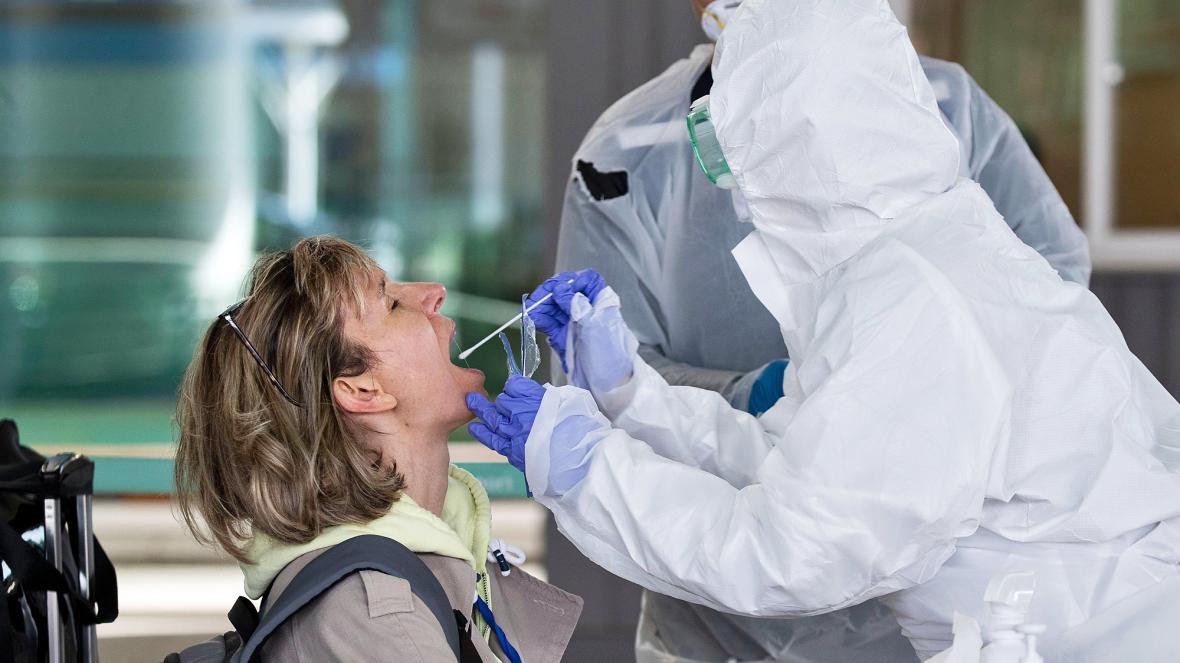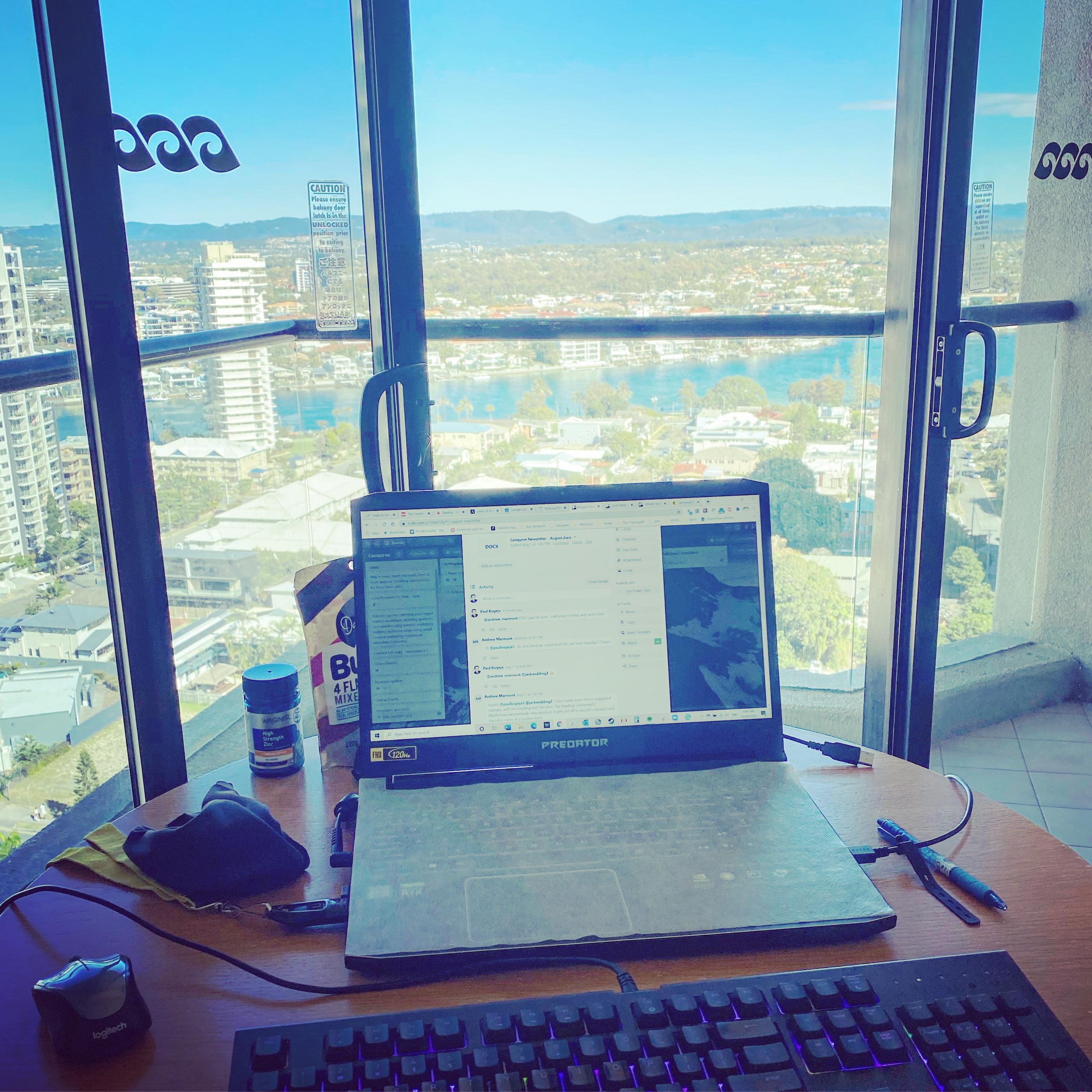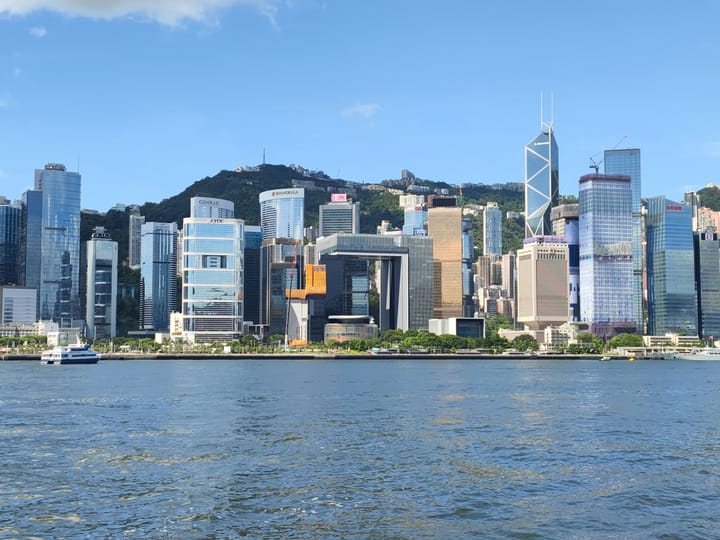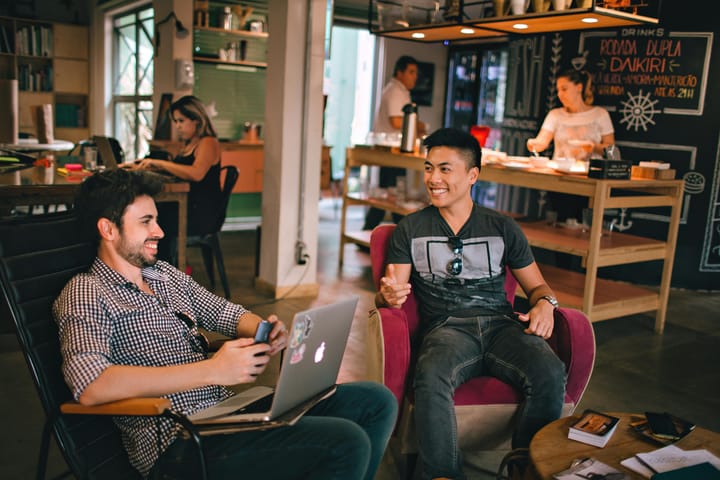Voices: Life during quarantine after flying from Australia’s COVID-19 epicenter

A few minutes every morning is all you need.
Stay up to date on the world's Headlines and Human Stories. It's fun, it's factual, it's fluff-free.
Australia is a country divided.
Not just by the standard border lines on the map that differentiate state from state, but also in this COVID-19 world by the transmission levels in each of those states, with varying degrees of cross-border restrictions determining who can move where, why and how.
Victoria has recently experienced a second, more virulent wave of COVID-19, with sharp rises in transmissions and, sadly, accompanying deaths on its way to becoming the epicenter of the pandemic in Australia.
This has occurred as most other Australian states seemed to have the virus contained and are gradually removing restrictions and allowing their citizens to return to something closer to “normal” life.
Prior to the outbreak of this pandemic, I had taken up a job offer with a media organization in Shanghai. But these plans were put on hold as the virus smashed Wuhan and then spread across the globe.
Prior to the job offer in China, I had been planning a move to Queensland, in the northeast of Australia, so I soon found myself returning to this plan.
But this backup plan was in turn scuttled due to border restrictions being imposed.
As with all things during this pandemic, the situation has moved rapidly, so when the drawbridge came down and the Queensland State government changed its restrictions to allow new residents to enter on the proviso they paid (AU$2,800) for their own 14-day hotel quarantine, I decided this was a price worth paying to continue in the direction of my professional dreams.
It was the price for freedom even if, in my book, freedom has no price.
The journey
Queensland, in a way not dissimilar from New Zealand (which are both, interestingly, governed by women), played hardball as soon as the virus hit our shores.
The results (at the time of writing) speak for themselves:
Queensland: 1,092 cases and six deaths.
Victoria, 17,867 and 380 deaths
Given the respective population sizes of both (five million in Queensland to roughly 6.3 million in Victoria), the difference in numbers tells a stark and sorry tale, even if, admittedly, Australia is still doing super well overall.
The Queensland government is proud of these numbers and rightly so. The seriousness of continuing to protect its citizens has moved it to put into operation a huge bureaucracy to facilitate movement into the state.
My journey from Victoria to Queensland was underpinned by meticulous planning. While securing a flight wasn’t as difficult as one might think, a border declaration pass had to be obtained outlining the reason for my coming to Queensland. This pass needed to be supported with documentation, such as my intended residence post-quarantine or a job offer.
From the moment I arrived at Tullamarine, Melbourne’s main airport, at every step of the way, from check-in to transiting through Canberra to arriving at Coolangatta airport in Queensland, the group I flew with was vetted and questioned and monitored to ensure we had completed the appropriate documentation and understood our responsibilities throughout the border crossing process.
I can happily report that every single person I spoke to or was managed by – from the airline staff to the Australian Defence Personnel to police officers, among others – was kind, considerate and courteous about it all, even if the way we were “processed” was still highly professional and rigorous.
This was perhaps best encapsulated by the police officer who managed us when we left the bus upon our arrival at the hotel where we would be quarantined. He thanked us all for being prepared to go to such lengths to move to Queensland and for complying with such strict quarantining requirements to keep other Queenslanders safe.
Whether this was a slick bit of PR or genuine – the feel it was the latter – it worked as it was definitely good to be recognized for “doing the right thing.”
The hotel quarantine
And life in hotel quarantine?
I can’t really complain.

In all honesty it’s a good setup. I’m on the 18th floor with a great view and a balcony for fresh air. We get served three meals a day and the meals are much better quality than I thought they would be. The Wi-Fi is reliable so I can keep working and we can even get our laundry done.
Various organizations, such as Queensland Health and the Red Cross, have checked in to ask about my well-being and I’m already on day four, so nearly a third of the way through.
Sure, it’s odd not being able to leave the room (we have been promised “wellness walks,” which have so far not been forthcoming) but then again, I’ve just come from Stage 4 lockdown where life was semi-quarantined anyway, so it’s really not that different.
In many ways, this entire experience feels like a normal working holiday.
Is this the new “people-movement normal”?
What strikes me most about this experience is that with a vaccine still as much as 6-12 months off, if not longer, and given that even a country like New Zealand that had no cases in over 100 days can suddenly experience an outbreak, a more rigorous and careful approach to the movement of people must become the new norm.
I hope that a full 14-day quarantine won’t be part of this, especially when a vaccine becomes available, but passing through the border movement apparatus as I recently did offered a glimpse of a world where moving from place to place, for pleasure or otherwise, will require more care and consideration.
None of us want a world where we cannot move freely within our own country or between other countries and there are industries completely reliant on such movement. There are even entire nations that almost live or die on international trade and tourism, which has been largely decimated, and entire swathes of their citizens have fallen below the poverty line due to COVID-19.
However, the sooner governments put in place well-oiled frameworks to facilitate as much human movement as is safely possible – similar to the way I was just processed but which will hopefully become more refined over time and less onerous both practically and financially – the better.
Let’s not pin all our hopes on a vaccine.
Instead, let’s have a range of plans in place around COVID-19 that exist as long as necessary so that we can actually LIVE with this pandemic, not be ruled by it.
This Voices story was written by Paul Bugeja. Paul is an editor at TMS who is currently based in Queensland, Australia.
Have a story to share? Get in touch at contributors@themilsource.com




Comments ()